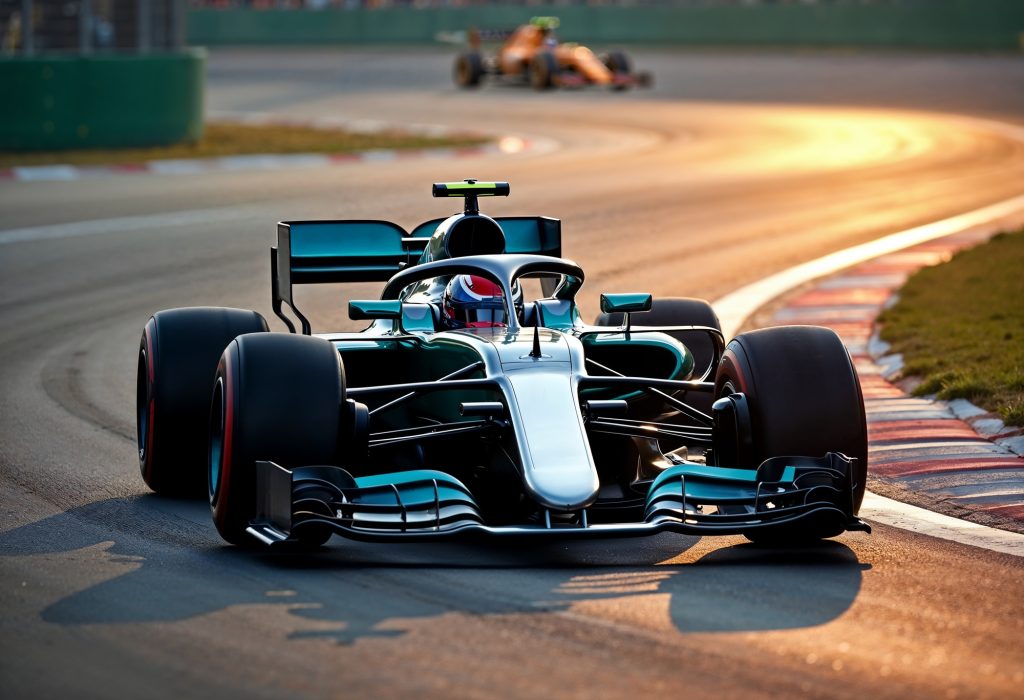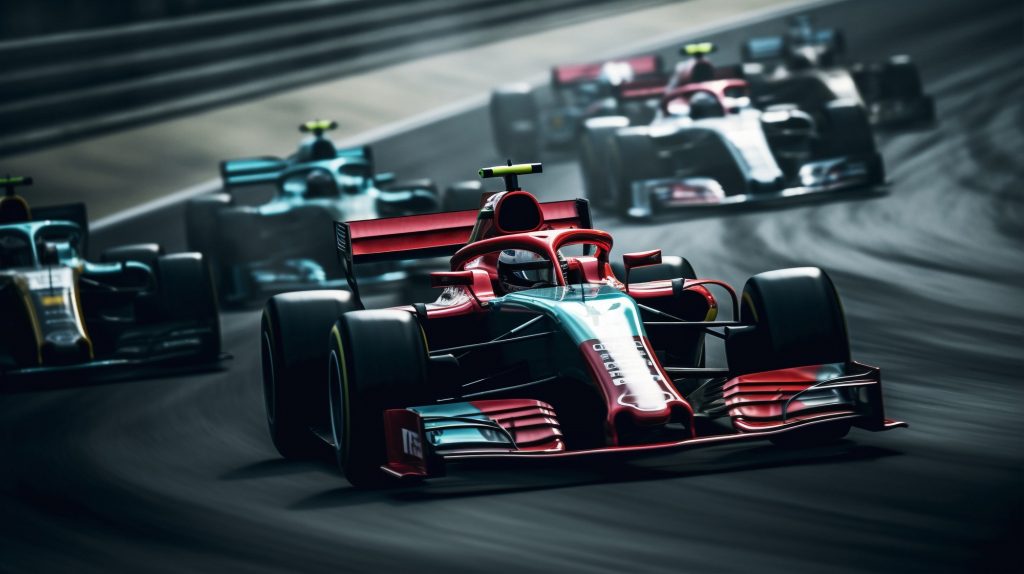With a whopping 24 races on the calendar, the teams are pushed to the limit on resources, reliability, and consistency. A constructor’s value in this context is no longer defined by budget or results, but rather by their ability to maximize performance, mitigate risks, and adapt their development strategy throughout the season. Monitoring key performance indicators weekly, which include qualifying and race outcomes, sequential upgrades, and pit-stop time, gives us an idea of the value each team captures over the season. Here, we list the most important metrics, discuss early season form, analyze turning mid season, and forecast how these emerging trends could impact the title race.
Constructor Value: What Marks Metrics s of Importance

Constructor value is an aggregate metric constructed from championship points, operational efficiency, and development momentum. Points haul yields the primary figure: points are allocated to the best ten finishers in every race, with sprint weekends further emphasizing scoring consistency through double points. Yet clearly defined points tell only a small fraction of the narrative. Consider the approximate position achieved in Q3 during weekends, a car’s true one-lap potential. Reliability metrics also build the story, for instance, the percentage of races a driver completes versus the number of races they retire, showcasing the engineering endurance. Peripheral to that, a team’s ability to enhance during the season becomes vital: with every aero or power unit changes, there is a change in lap time, and this difference defines advancement capacity. Moreover, pit-stop averages, service time, error rates, and many other factors can determine a race outcome and therefore, determine crucial margins in championships. By correlating these data after every round, estimating who is optimizing their resources and maintaining trajectory becomes possible.
Identifying Order: Trends from Season Start
From Bahrain to Miami, during the first six rounds, teams tend to follow cautious programs focusing on reliability testing and performance building before introducing major upgrades. Traditionally, the top three constructors, usually Red Bull, Mercedes, and Ferrari, tend to pre-peak using their great data and pre-season testing mileage. McLaren and Aston Martin hope to outperform their positioning standing using silver lining reliability and call opportunistic strategic plays. Tracking season progress highlights which teams can convert qualifying pace to race points and which face mechanical issues and strategic blunders.
An excellent example is if Red Bull averages the highest finishing position, they should not be introducing important upgrades during that phase. Their initial value curve estimate will be Red Bull steep and level off once competitors catch up and join the race. Midfield teams are likely to adopt a “show me strategy” approach. Like with Alpine who tend to show conservative estimating during qualifying show extreme changes in lap-time delta as well as point per race when rolling out game-changing floor updates in Imola. This is why all has the season progression to Round 6 rest assured the constructors can be ranked and all that is aligned based on “Placeholder for Championship Standing Index Per Cycle Based Performance Index” along with Championship Standings alongside clear indication of their dark horse positioning set to disrupt the defined hierarchy.
Mid-Season Shifts: Enhancements, Dependability, and Tactical Changes
Rounds 7 through 16 are the battlegrounds in the middle third of the 24 race season, which is almost half of the races. In this part, we introduce major aerodynamic upgrades, adjust the power unit modes, and most of the teams bring changes once every two to three races. If we Track the constructors’ valuation every week during this period, we get to see the lap time improvements versus the investment ‘track’ major different in time returns on investment. With investment ‘returns’ failing to offer adequate value, reliability is also comes under look, for instance, Honda powered teams are likely to suffer from PU component restrictions which can lead to grid penalties severely impacting point earning potential.
The strategic pivots come up as well. If a team finds themselves deep within the midfield, there is a good chance they change from base outright pace to something like predetermined optimal strategy calls focused on heavy undercuts or hybrid tyre usage towards the front to save maximum points when the big three falter. The Bottas-led and Perez-led teams often utilize the ‘switch the allocation of development tokens mid season’ plan, which means they start suffering from early season low reliability, but trade that for stronger results in the second half. Using the reliability events, we can plot each update mark the average delta – pole gap at qualifying, per highlighted round in the race lap times – alongside value curve intersections and observe, a team stuck in the middle around June has a chance to surpass the rest by September, changing the constructors championship scenario completely.
Title Run-In: Consistent Performance Throughout Late Season vs Peak Performance at a Single Race
As the season approaches the last phase—Rounds 17 to 24—teams face a dual dilemma: either bet on their development horses or pool resources for a final charge to the finish line. Constructors frequently at the front tend to limit their aggressive add-on strategies and prefer reliable ones that protect their gap buffer. Meanwhile, the trailing teams focus on ‘sandbagged’ upgrades. Spaced between back-to-back races, instant-track upgrades are capable of providing significant immediate gains, but are also risky in terms of causing unwanted mechanical issues. Tracking these in the last few months of the season highlights which teams are able to maintain that trade-off balance best.
The closing races, from the high-altitude of Mexico City to the grand Abu Dhabi finale, require multiple different forms of mastery. A constructor with a seamless low-variance stream of points and no DNF retirements scorers while flawlessly stapling pit stops will always outscore a competitor who fluctuates wildly between winning and retiring. In fact, by plotting the Cumulative Performance Index against Actual Championship Points, we can more accurately predict the final positions of the standings than relying purely on total points. Consistently across seasons, teams with less reliance on strategic acumen dotted with a few costly wins tend to clinch his runners up trophy, or even clinch the title.
Looking Ahead: Preparing For Following Seasons With Weekly Value Tracking

Implementing a weekly value-tracking model for a 24-race F1 season opens up opportunities for teams, sponsors, and even bettors. Real-time tracking allows teams to measure their development relative to rivals and mid-season check their progress. Sponsors can also assess ROI against dynamic metrics, advanced bettors can capitalized on shifting value before it becomes reflected in championship odds. With the ongoing advancement towards new technical regulations and increasingly longer calendars, the sport will have to refine these methodologies. Constructors will require an understanding of the new pace, reliability, upgrade efficacy, and strategic execution— which will need tracking week by week—to achieve dominance not only in standings, but valuation of performance throughout the season.

Leave a Reply